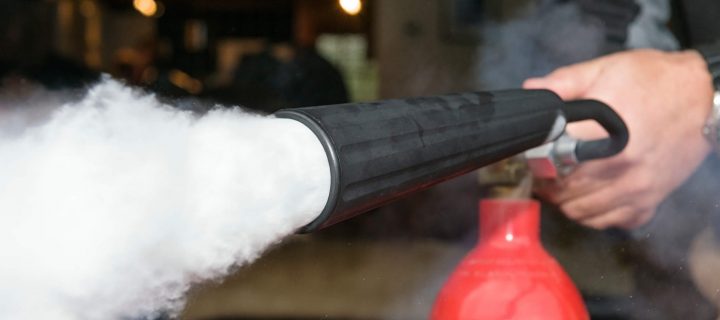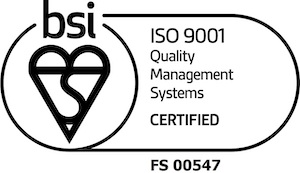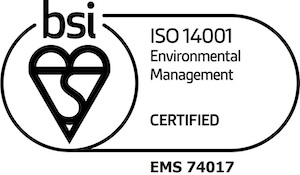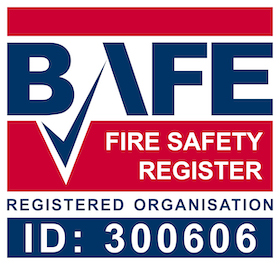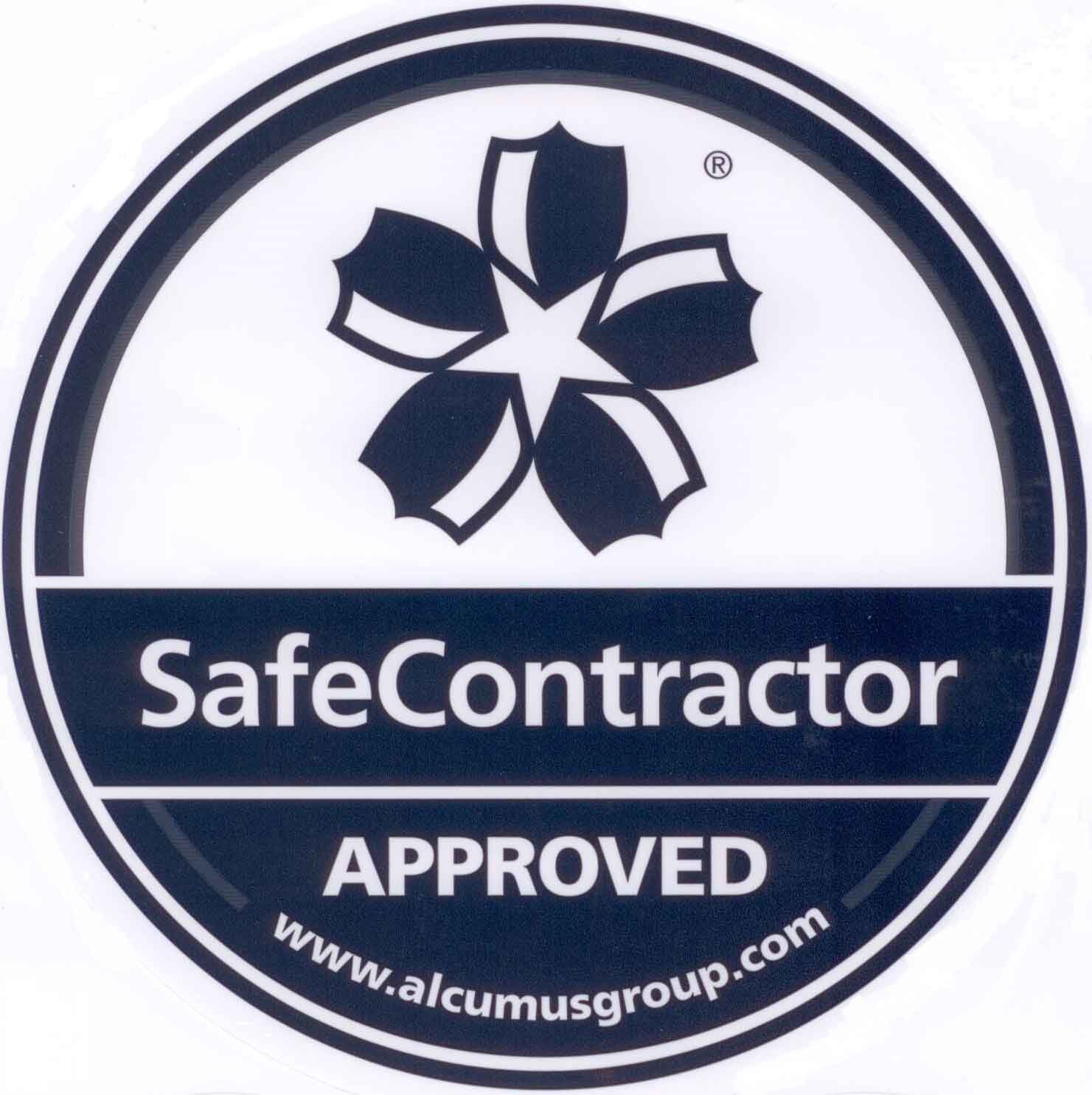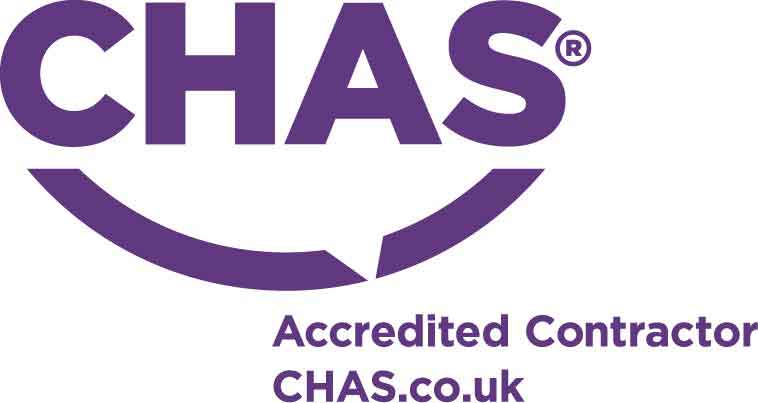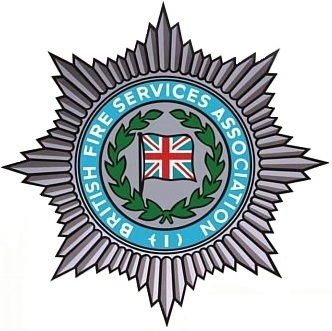Passive Fire Protection vs Active Fire Protection
A fire can occur unexpectedly at any time, so it is crucial to have a well-thought-out fire protection plan in place at all commercial establishments. Under UK law, such a plan must encompass various fire safety features, which can be categorised into two types: passive and active fire protection measures.
You may have heard these terms before in passing, but what exactly do they mean? And what are the differences between active and passive fire protection? The team here at LW Safety is here to handle all your questions.
What is active fire protection?
As the name suggests, this style of fire safety equipment requires action to activate it. Some of these measures can be user-operated, like fire extinguishers, while others are automatic systems triggered by alerts, such as sprinkler systems.
We can sort most active fire protection methods into three categories:
- Detection: This category includes devices like fire alarms, which automatically go off when they sense heat or smoke. These alarms detect a fire whilst still in its infancy, providing an early warning that allows building occupants time to evacuate.
- Suppression: This term covers equipment designed to douse flames and extinguish a fire in its early stages. Fire extinguishers are one example of manual fire suppression, whereas automatic fire suppression systems, like sprinklers, can quickly respond to fires without human intervention.
- Ventilation: During a fire, one of the biggest threats to life is the toxic smoke that can engulf all areas. Many buildings use products like Automatic Opening Vents (AOVs) to keep evacuation routes clear of smoke fumes and encourage proper ventilation.
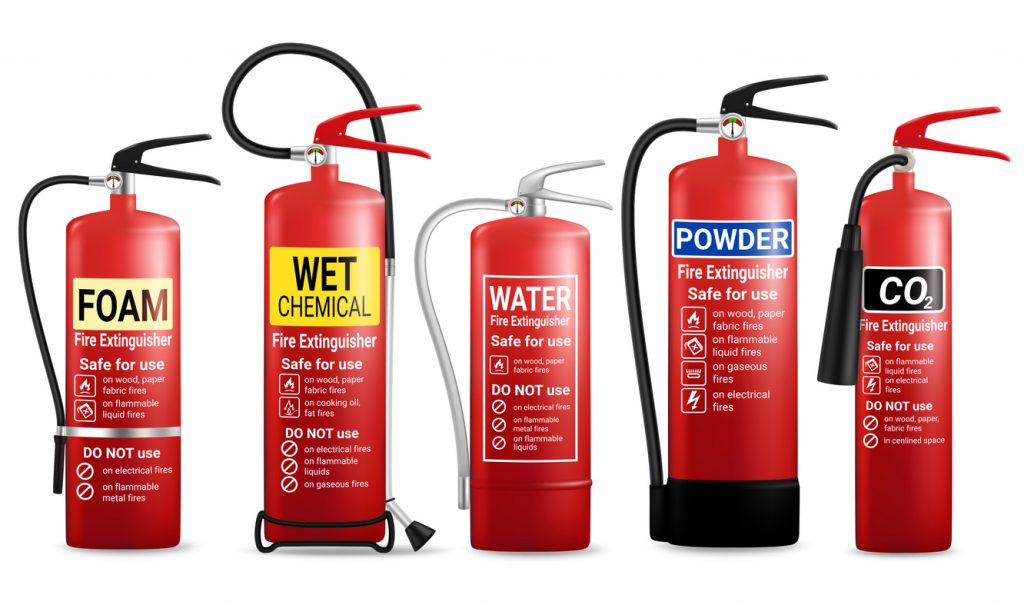
What is passive fire protection?
Passive fire protection refers to a set of essential fire safety measures that are integrated directly into the design and construction of a building. In properties such as large commercial buildings, where the size and layout could contribute towards a heightened fire risk, these structural elements can prevent a fire from spreading rapidly. Unlike active protection, these features are not designed to extinguish a fire, but rather to keep it under control until the emergency services arrive.
Some commonly used methods of passive fire protection include fire doors, intumescent fireproofing and fire barriers. In high-risk settings where vulnerable demographics may be present, such as schools and care homes, these features help to compartmentalise the building, protect evacuation routes and offer building occupants extra time to escape.
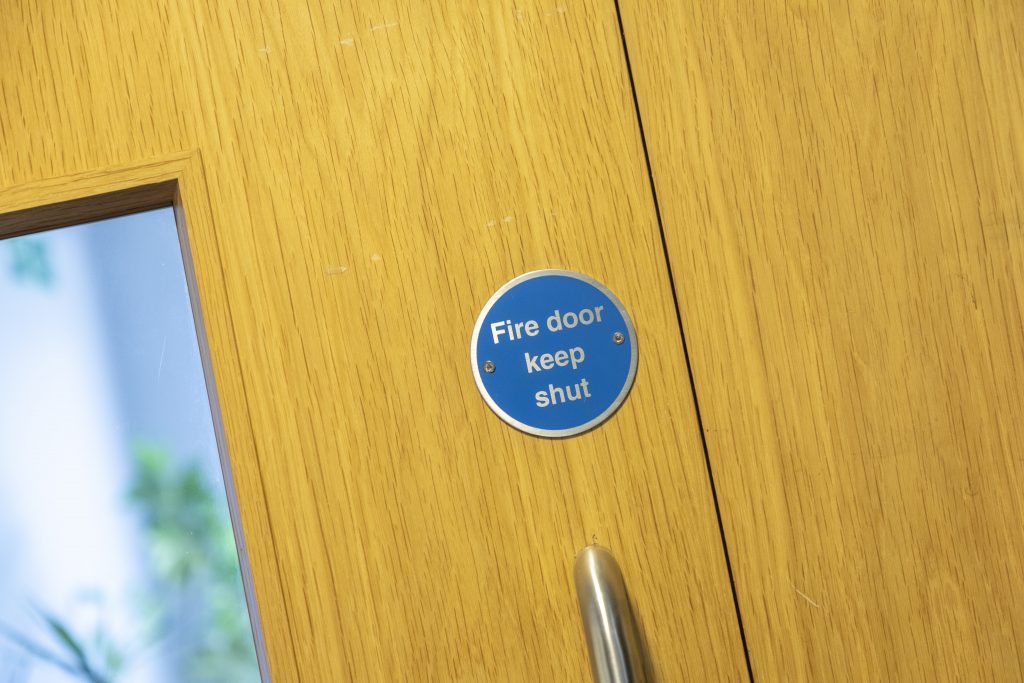
So, do you need both to be fire safe? Which is best?
When it comes to fire protection, it isn’t a competition to determine which is the better system. By far the best defence for your property is to have both active and passive fire protection systems working in tandem to complement each other’s strengths. Active systems swiftly respond to fire incidents, whilst passive systems serve as a reliable long-term safeguard, offering built-in protection that limits a fire’s escalation.
In the United Kingdom, all building managers must comply with the Regulatory Reform (Fire Safety) Order 2005, which sets out the necessary fire safety measures for non-domestic premises. This legislation emphasises the importance of integrating both active and passive fire protection measures to ensure the safety of occupants and property. By working together, these systems provide a multi-layered approach to fire safety, significantly increasing the chances of preventing or minimising the impact of a fire.
Here at LW Safety, we supply and install an extensive range of both active and passive fire safety equipment for commercial premises throughout Wembley, Harrow, Uxbridge and beyond. Our services don’t just stop at installation, however, and we can also provide regular maintenance work to ensure you’re offered the best possible protection at all times.
Our BAFE-accredited team is highly-trained and more than happy to offer guidance on the best fire safety measures for your needs — simply get in touch today for more information.

